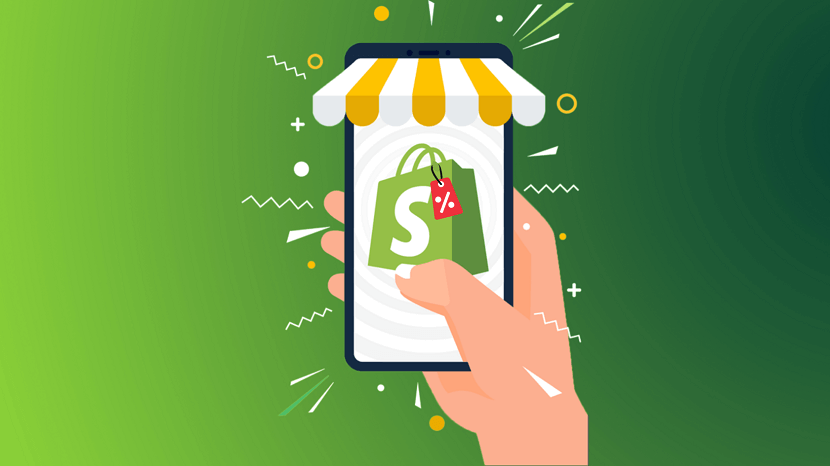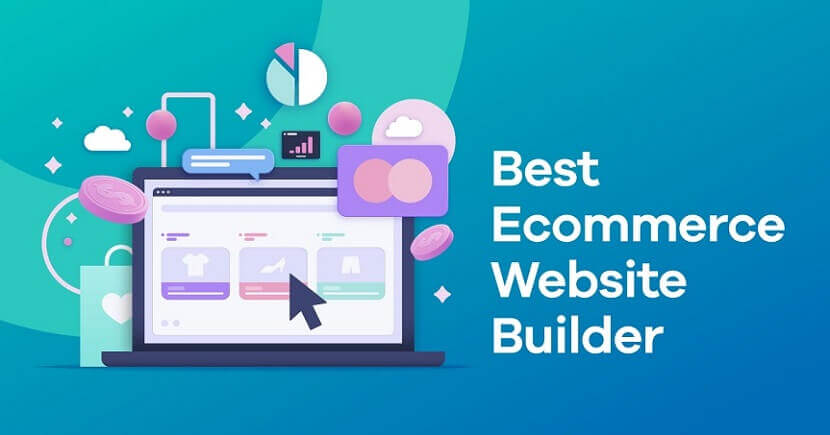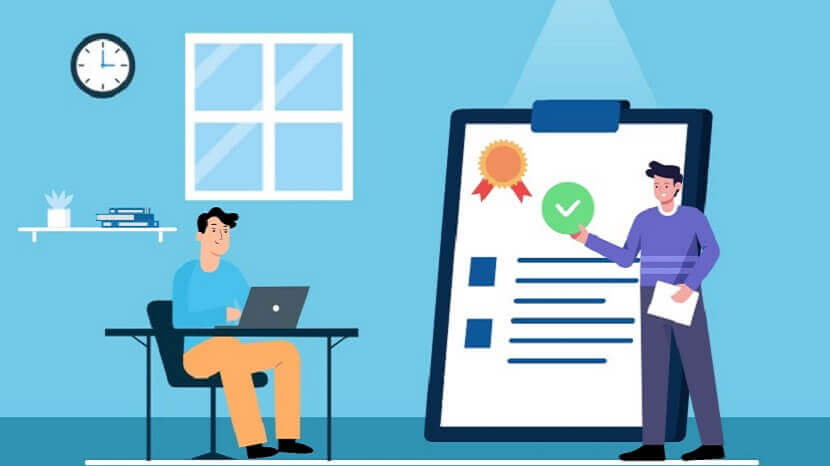
Image Source: Pexels
Think about the last time you updated your website's security measures - if access control wasn’t on your checklist, it should be in future. And while overlooking it might be forgivable because of how much else there is to encompass in order to protect your site, once you’ve learned about its potential impact, there’s no excuse for neglecting it again.
So to bring you up to speed, here’s a look at what part access control plays in keeping malicious actors at bay, and how this unfolds in day to day site operations.
Understanding the Basics of Access Control
Just as a carefully chosen lock prevents unauthorized entry into a building, access control restricts who can view or use your web resources. Here’s an overview of what makes it particularly crucial:
- Identification & Authentication: Before allowing any interaction, access control systems verify the identity of users attempting to gain entry.
- Authorization Levels: Once verified, different levels of access are granted based on predefined roles. For instance, an editor might have rights to add content but not to change the website configuration.
- Monitoring & Reporting: Access logs and tracking actions ensure that every activity is recorded - vital for both security audits and regulatory compliance.
A report from Verizon found that around 17% of breaches involve internal actors, highlighting the necessity of robust access controls not just externally but also within organizations.
So in the same way that developers use KSPM solutions to secure their Kubernetes infrastructure, website administrators must implement strong access control mechanisms to safeguard their setups against unauthorized changes or viewing attempts. This strategic approach minimizes risks and preserves integrity across all levels of online engagement.
Implementing Advanced Access Control Features for Enhanced Security
There are tons of tools out there to ensure that access control is not a point of vulnerability in your site’s infrastructure. Here’s how they can make a substantial difference to the extent of its defenses:
- Multi-Factor Authentication (MFA): Adding an extra layer of security by requiring multiple forms of verification drastically reduces the risk of unauthorized access. This can include anything from an email or SMS confirmation code to full-blown biometrics - and alongside aspects like having an SSL certificate, it should be a bare minimum for modern sites.
- Role-Based Access Control (RBAC): This feature allows more granular control over who can do what within your site by assigning permissions based on the user's role in the organization. So if someone doesn’t have a reason to have access to the inner workings of your site, they won’t get it.
- Time and Location Restrictions: Limiting access based on time or geographical location can prevent attacks that rely on exploiting users from specific regions or during off-hours.
A study from 2019 by Google found that MFA can eliminate all automated attacks against user accounts, while also fending off 76% of deliberately targeted breach attempts - and while the benefits are dropping off according to more recent data, there’s still no good reason for site owners to skip over this security measure.
Each additional security layer acts as another hurdle for potential attackers, making unauthorized entry exponentially more difficult - and also being a proactive way of showing users that you really care about keeping them safe.
The Bottom Line
A website without access control is like a house with its front door left unlocked and thrown open so the whole world can see inside.
So if yours is lacking in this area, or doesn’t have the features and functions offered by the latest tools, then you need to act immediately to avert a laundry list of potential disasters.
If you found this article helpful, we encourage you to share it on your social media platforms—because sharing is caring! For more information about article submissions on our website, feel free to reach out to us via email.
Send an emailWritten by RGB Web Tech
Latest Technology Trends
Latest technology trends shaping the future, including AI advancements, blockchain innovation, 5G connectivity, IoT integration, and sustainable tech solutions. Explore breakthroughs in quantum computing, cybersecurity, augmented reality, and edge computing. Stay ahead with insights into transformative technologies driving innovation across industries and revolutionizing how we live, work, and connect.
Related Articles - Web Development

Types of Web Development
Prior to understanding the web development process, it is crucial to understand the three main types of web development.

Build eCommerce Website with Shopify
Is Shopify FREE Trial good for beginners? We answer all these questions and more in this introductory guide.

Top Selling on Shopify
Read our guide to learn how to sell on Shopify in just simple steps. We will also include some tips to start you off on the right foot.

Tips for Shopify Store
If you have just started your own Shopify store, you will want practical Shopify tips to make sure your ecommerce business succeeds.

eCommerce Website Builder
Build your online store with ease using our powerful eCommerce website builder. Choose templates, add products, and start selling today!

How to Download Web Development Tutorials
Download web development tutorials and learn coding, design, and more. Enhance your skills with step-by-step guides and practical examples.

Most Essential Elements of eCommerce Website
Discover key eCommerce essentials: seamless UX, secure payments, SEO optimization, and more for a thriving online store.

Great Software Development Proposal Include
Craft a compelling software development proposal with vital elements including scope, timeline, budget, and team expertise for project success.

Developers Can Guard Their Software Against IP Theft
Explore effective strategies for developers to protect their software from intellectual property theft, ensuring their creations stay secure.

E-Commerce Trends Matters for Your Business Success
Learn why staying updated with e-commerce trends is crucial for business success, driving innovation and competitive advantage.

Why Terminal Emulators Are Key for Efficient Coding Practices
Discover how terminal emulators boost coding efficiency by simplifying commands, enhancing workflows, and integrating tools effectively.

How Does Access Control Impact Your Websites Security
Explore how access control enhances website security by regulating user permissions and preventing unauthorized data access.

How to Start API Testing in your Organization
Discover the essential steps to kickstart API testing in your organization. Learn best practices, tools, and strategies to ensure robust API performance.

Using The Correct Software Solutions Helps One to Address Management Issues In The Travel And Hospit
Efficient software solutions address management issues in travel and hospitality, enhancing operational efficiency and customer satisfaction.

Webflow vs WordPress
Compare Webflow, WordPress, and custom development options. Discover which platform fits your needs for design, flexibility, and scalability.
“Technology is best when it brings people together.” — Matt Mullenweg
